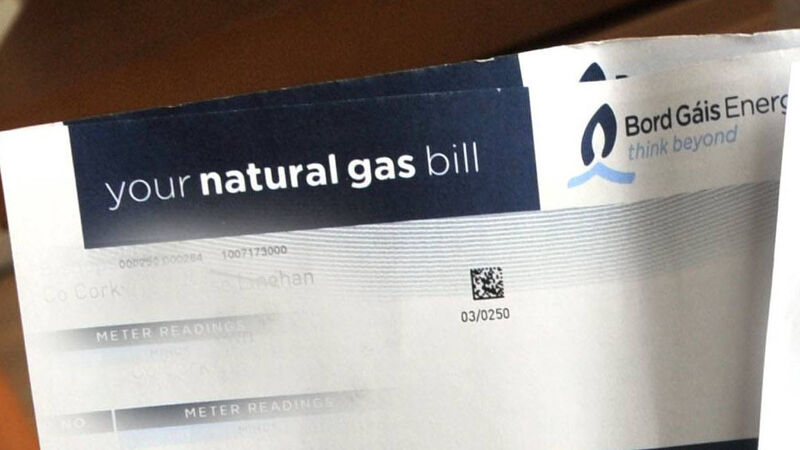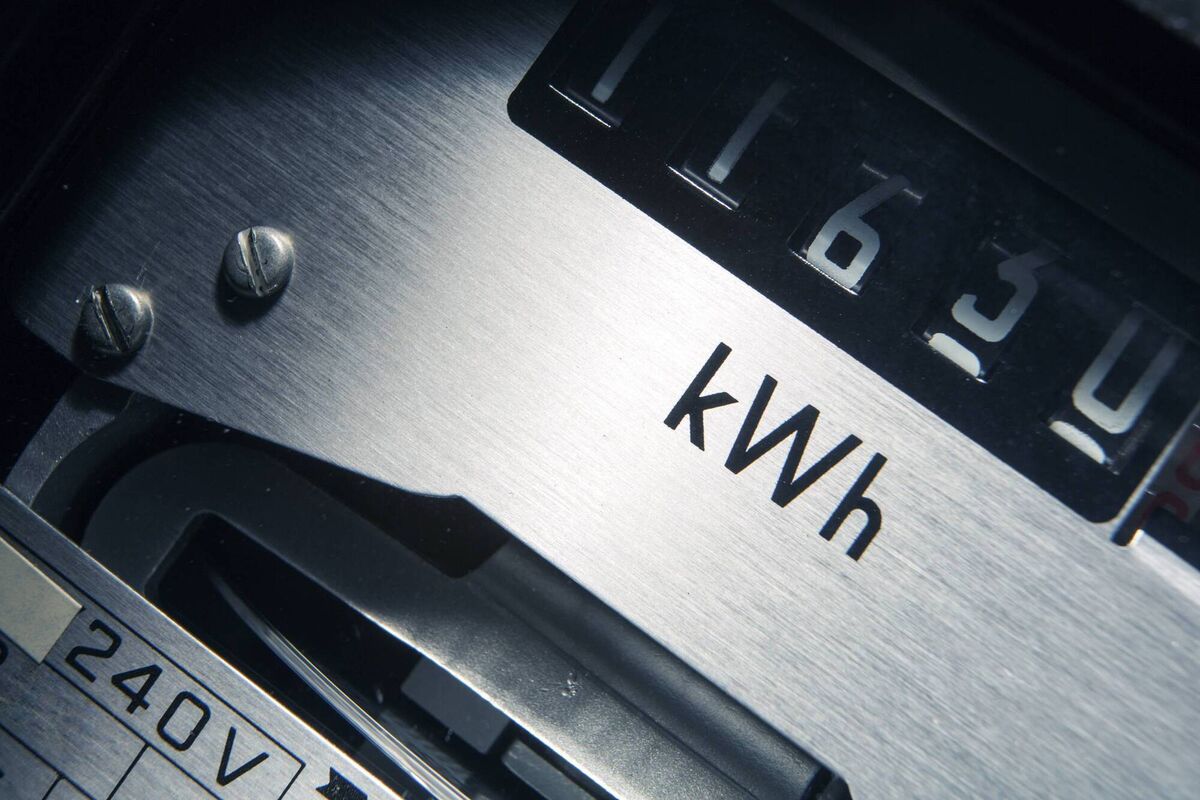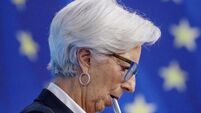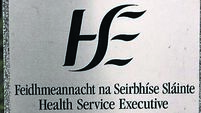One in four single-parent households in arrears on utility bills

While fewer people were at risk of poverty in 2021 than the previous year, some sectors of society, like single-parent families, were still struggling with the cost of living. Picture Dan Linehan / staff
Fewer people were at risk of poverty in 2021 than they were in the previous year, according to the Central Statistics Office’s 2021 Survey on Income and Living Conditions.
The survey, which is the official source of data on household and individual income, also noted that not only did the poverty rate drop but also disposable incomes increased.
But the survey also noted that single-parent families were more at risk of poverty than two-parent families.
Of households that pay rent, 16.2% reported that in the 12-month period prior to their date of the interview there was at least one occasion when they did not pay their rent on time due to financial difficulties.
Of owner-occupied households with an outstanding mortgage, 5.3% reported that they did not pay their mortgage on time due to financial difficulties on at least one occasion.
Of the 99.3% of households that indicated they pay utility bills, 7% reported there was at least one occasion in the 12-month period prior to their date of interview when they went into arrears on a utility bill because of financial difficulty.
The rate for single-parent households consisting of one or more children aged under 18 was 25.0%.

CSO statistician Eva O’Regan said: “Households were asked to rate their self-perceived level of difficulty in making ends meet, with the answer options being: ‘with great difficulty’; ‘with difficulty’; ‘with some difficulty'; ‘fairly easily’; ‘easily’; ‘very easily’.
“Four in ten households (42.0%) said they had at least some difficulty in making ends meet in SILC 2021, compared with 46.5% of households in 2020.
“Analysis by household composition shows that this rate is highest for households consisting of one adult and one or more children aged under 18 (15.9%), and lowest for households consisting of two adults, with at least one aged 65 or over (2.4%).”
Because Covid-19 financial support played a role in lowering poverty levels in 2021, Ms O'Regan noted: “Changes observed in the at-risk of poverty rate may be temporary.
"Some material deprivation questions in SILC could have been influenced by temporary conditions respondents found themselves in during lockdown.
“Therefore, the reduction in the enforced deprivation and consistent poverty rates in 2021 may (also) be temporary.”
Other key findings from the SILC include the fact that the at-risk-of-poverty rate was 11.6% in 2021, compared with 13.2% in 2020 and was highest for those unable to work due to long-standing health problems, at 39.1%.
The consistent poverty rate was 4.0%, down from 4.7% in 2020, the report also noted.
The survey also shows that one in 20 (5.6%) households in Ireland said they experienced 'great difficulty' in making ends meet while one in six (15.9%) single-parent households experienced great difficulties.
Disposable household income was — at €46,471 — higher last year, compared to €43,915 in 2020.
The survey also notes that certain sections of society would have been worse off without Covid 19 income support.
Without them, says the CSO, the at-risk-of-poverty rate would have been 19.9%
The rate would have been 16.5% without the Pandemic Unemployment Payment (PUP) and without the Wage Subsidy Schemes, the rate would have been 15.0%.
The rate for single-parent households with children was 22.8%, but would have been higher - at 37.2% - without Covid-19 income support.













